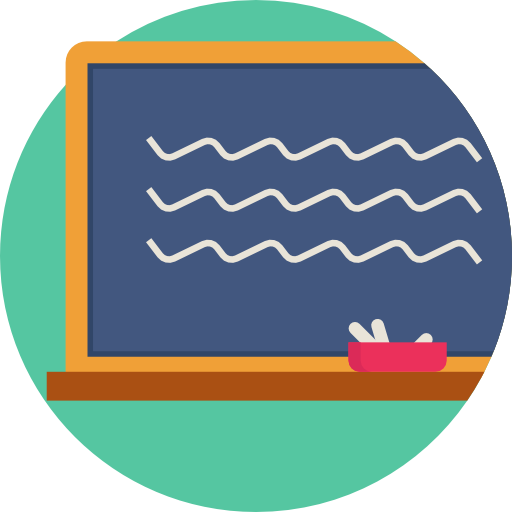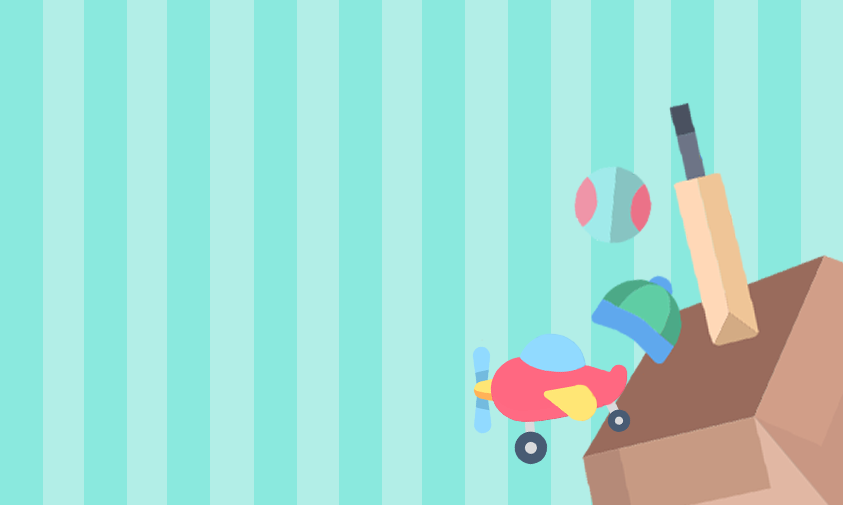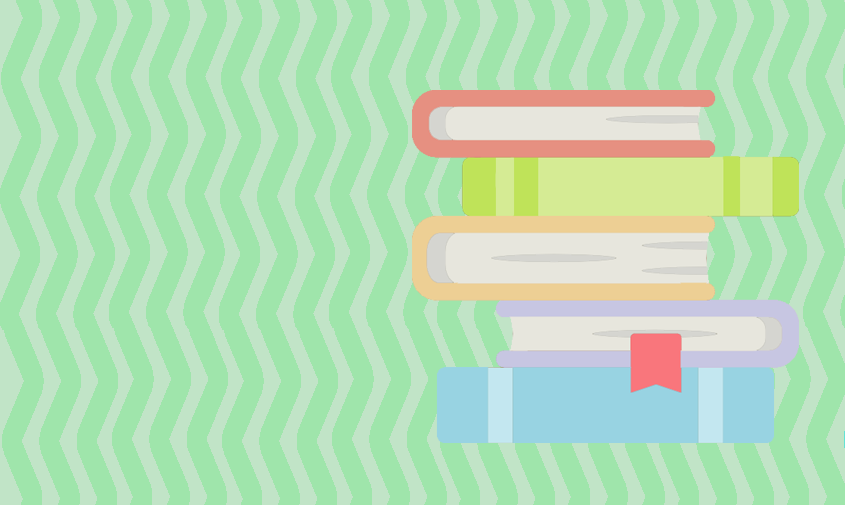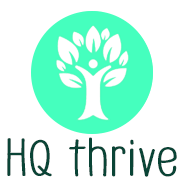Relationships



- To understand that being kind to others is good for everyone’s wellbeing.
- To practice kindness to self and others.
- To discuss and practice the art of conversation (active constructive responding).
- To engage in inclusive teamwork.
- Active constructive responders show positive body language and are positively and actively involved in conversations.
- Because we are evolutionarily programed for bad experiences to be stronger than good, it is helpful to focus our attention of positive phenomenon, and to engage positive thinking for our brains and body to work at their best.
In Australia there is a growing epidemic of loneliness https://www.australiancurriculum.edu.au/f-10-curriculum/general-capabilities/personal-and-social-capability/
‘The influence of social relationships on risk for mortality is comparable with well-established risk factors for mortality’ http://journals.plos.org/plosmedicine/article?id=10.1371/journal.pmed.1000316
Loneliness is as dangerous as smoking with equivalent increases in mortality risk. It ‘impairs immune function and boosts inflammation which in turn can lead to arthritis, type II diabetes, and heart disease” http://www.slate.com/articles/health_and_science/medical_examiner/2013/08/dangers_of_loneliness_social_isolation_is_deadlier_than_obesity.html
People who respond to others in conversation by showing positive body language, such as facing the person and making eye contact, and who authentically engage in positive and active discussion in response to what someone else has said are demonstrating active constructive responding.
https://www.gostrengths.com/what-is-active-and-constructive-responding/
 There is an art to conversation. Our body language shows we are interested in the other person. We face the person we are talking to and make eye contact. We might smile. We nod our head when we understand the other person. We encourage or congratulate or ask a question of the person we are talking to, to show we are interested.
There is an art to conversation. Our body language shows we are interested in the other person. We face the person we are talking to and make eye contact. We might smile. We nod our head when we understand the other person. We encourage or congratulate or ask a question of the person we are talking to, to show we are interested.
Game: walk around the room until your teacher says stop. Pair up with the closest person. Start a conversation. Practice the art of conversation.
Thanks to the teachers at Bourchier Street Primary School, Shepparton, Victoria.
 Teams: 3 or 4 people
Teams: 3 or 4 people
You will need: 20 sticks of spaghetti, one metre of string, one metre of sticky tape, one marshmallow
Goal: to build the tallest free standing structure.
When your teacher is ready begin!
10 minutes of building.
Which team built the tallest structure?
What were the teamwork strategies that worked best?
 Bad can be stronger than good, this is called negativity bias.
Bad can be stronger than good, this is called negativity bias.
Humans have evolved like this in order to avoid bad or dangerous things happening to them, consequently it can take 3 or 4 or 5 good experiences to out-weigh one bad experience!
Positive thinking can help overcome our natural inclination to focus on the negative.
Today notice the positives.
Notice when you or someone else says something kind.
Notice when you or someone else does something helpful.
Notice something beautiful in the world, for example a bird in the garden, the rain or the sunshine, a smile.
Create a positivity picture, using sticky notes that list all the positives you and your classmates see during the day.
 Team: 3 to 6 people
Team: 3 to 6 people
10minutes total
3 minute brainstorm for as many things that you can think of that went well for you recently (over the past day, week or month).
It might be something big like you went on a holiday, or it might be something small and regular, like ‘I have an apple in my lunch’.
3 minutes to think of why these things went well.
For example: I have an apple in my lunch because my mum remembered to buy some apples at the supermarket and she knows I love apples. Or: ‘I went on a holiday to the beach because my uncle let us stay at his holiday house’.
Share with your group what went well and why.
3 minutes to share – one person from each group report to the class what went well for your group.
